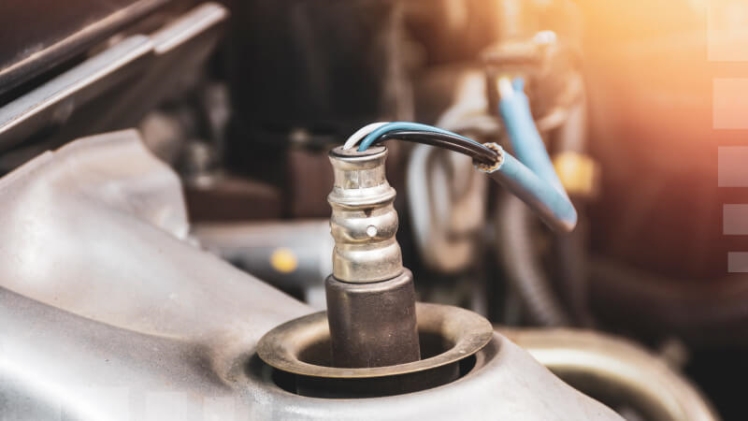A car’s o2 oxygen sensors are crucial to engine performance. They work with the engine computer to monitor and control the air-fuel ratio of your vehicle’s exhaust gas. A faulty O2 sensor can result in a variety of issues, including poor fuel efficiency and emissions. It can also lead to the catalytic converter failing, which is a costly repair.
Poor Fuel Economy
If your car is using up more fuel than usual, it could be a sign that your vehicle has an oxygen sensor problem. This sensor is an important part of your engine’s emissions control system and helps to keep you and the environment safe. Oxygen sensors are responsible for regulating the air-to-fuel ratio and send a signal to the powertrain control module (PCM) to tell it whether the air/fuel mixture is too rich or too lean. A faulty oxygen sensor typically sends a false, lean-bias signal, which means the PCM will add fuel that your engine doesn’t need.
A faulty sensor may also cause an irregular engine idle, resulting in poor performance and a reduction in your fuel economy. This can be a warning sign that your O2 sensor is failing and you should have it replaced before it fails completely.
High Emissions
An o2 oxygen sensor monitors the air-to-fuel ratio in your engine’s exhaust system. It sends readings to the engine control module, which then adjusts the amount of fuel entering your engine to stay at an ideal ratio. In most vehicles, an o2 sensor is located in the exhaust manifold or pipe before the catalytic converter. These are known as “upstream” or “pre-cat” sensors. Modern o2 oxygen sensors are designed to be able to detect a wide range of oxygen concentrations. They consist of a zirconium dioxide sensing element coated on both sides with platinum. This is encased in a ceramic enclosure and protected by a steel shell that threads into the exhaust.
The sensor measures the difference in oxygen between the exhaust and outside air, generating a voltage that is sent to the engine control module. This voltage can be used to determine whether the mixture is rich (with too much fuel) or lean (with too little fuel).
Check Engine Light
When the check engine light appears on your vehicle, it means there’s a problem with your car. Luckily, many of these problems are relatively straightforward and can be fixed by an experienced mechanic. Modern vehicles have o2 oxygen sensors that monitor the amount of unburned oxygen in their exhaust system. They tell the vehicle’s computer the ratio of fuel to oxygen so it can adjust the air/fuel mixture, which helps maintain performance and emissions compliance.
A faulty O2 sensor can reduce your vehicle’s fuel economy and can damage your catalytic converter, spark plugs and other engine components. In addition, a faulty O2 sensor can cause your car to fail state-mandated emissions tests. If you notice the check engine light comes on, you should take your vehicle to a certified auto repair shop right away. This will help you find the root of the issue and prevent it from turning into a major headache.
Poor Performance
Your vehicle’s o2 oxygen sensors are designed to keep your engine running smoothly and efficiently. They measure oxygen levels in the exhaust fumes and send an electrical signal to the Powertrain Control Module to alter your air-fuel mixture. Modern vehicles have two or more sensors: one in each cylinder block and one upstream of the catalytic converter. The upstream sensor monitors oxygen in the exhaust flow before it reaches the catalytic converter. SuncentAuto is a leading online retailer of automotive parts, accessories.
A second sensor, located downstream of the catalytic converter, measures oxygen in the exhaust flow after it has been converted by the converter. If the second sensor is not working properly, your car’s emissions control system will not be able to function effectively. Over time, oxygen sensors will lose efficiency because of their exposure to harsh environment and high operating temperatures. Additionally, they can be contaminated by elements like antifreeze and leaded fuel.
Conclusion
An Oxygen Sensor is an important part of your car or truck’s exhaust system. It tells the engine control computer when to mix the fuel and oxygen mixture correctly for better performance, gas mileage, and emissions. Early O2 sensors only used one wire, but modern models include two or more. They also have a heater element that warms the sensor up to its operating temperature quicker.

